12 of the Most Mind-Boggling Natural Phenomena on Earth

Our planet is a treasure trove of breathtaking Natural Phenomena on Earth, each showcasing the incredible power and beauty of nature. From the mesmerizing dance of lights in the polar skies to the awe-inspiring migrations of wildlife, these phenomena captivate and inspire us. Here, we explore 12 of the Most Mind-Boggling Natural Phenomena on Earth.
1. Aurora Borealis and Aurora Australis
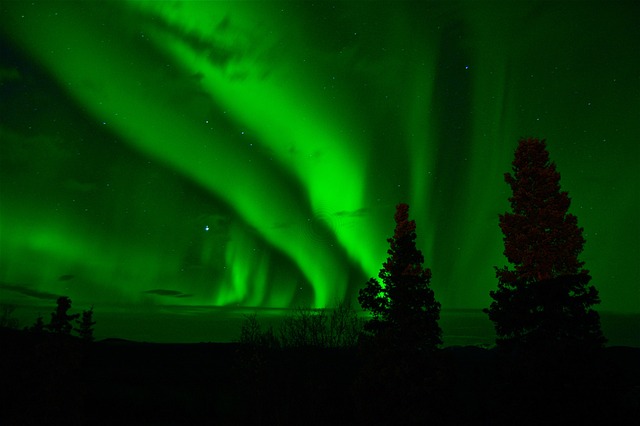
The Northern and Southern Lights, known as Aurora Borealis and Aurora Australis, are stunning natural light displays caused by the interaction of solar particles with Earth’s atmosphere, mainly visible near the polar regions. The resulting hues of green, pink, red, and violet light up the night sky, providing a spectacular visual experience. Aurora Borealis and Aurora Australis are the Most Mind-Boggling Natural Phenomena on Earth.
Read More: Top Unbelievable Natural Things in Scotland
2. Bioluminescent Bays
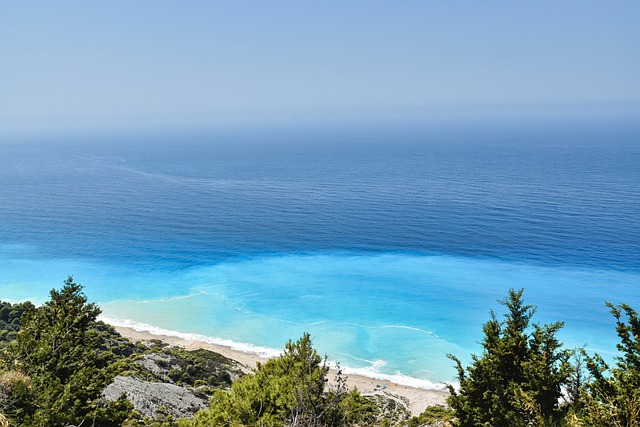
Imagine paddling through waters that glow with an ethereal blue light every time you dip your oar. This magical experience is possible in bioluminescent bays, where microscopic organisms called dinoflagellates emit light when disturbed. Puerto Rico’s Mosquito Bay is one of the brightest examples, where the waters shimmer with otherworldly illumination, creating a surreal nighttime adventure.
3. Sailing Stones of Death Valley
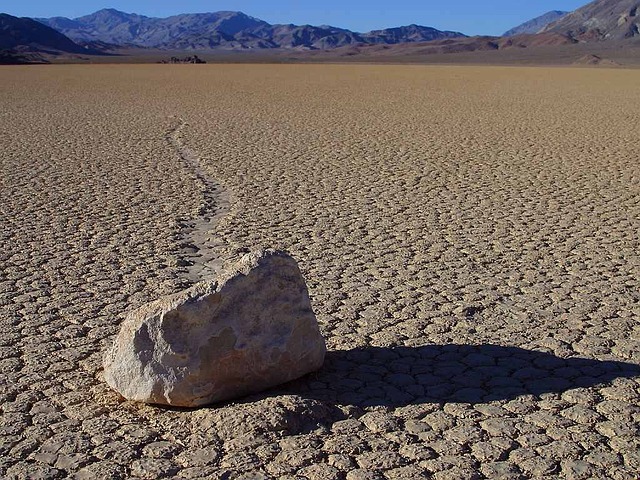
In California’s Death Valley, rocks weighing up to hundreds of pounds mysteriously move across the desert floor, leaving long trails behind them. Known as sailing stones, these rocks’ movement puzzled scientists for decades. Recent research revealed that thin ice sheets, formed during rare freezing nights, float the rocks, which then slide across the wet, slippery ground when the ice melts, driven by light winds.
Read More: 10 Natural Wonders Of The World
4. Blood Falls in Antarctica
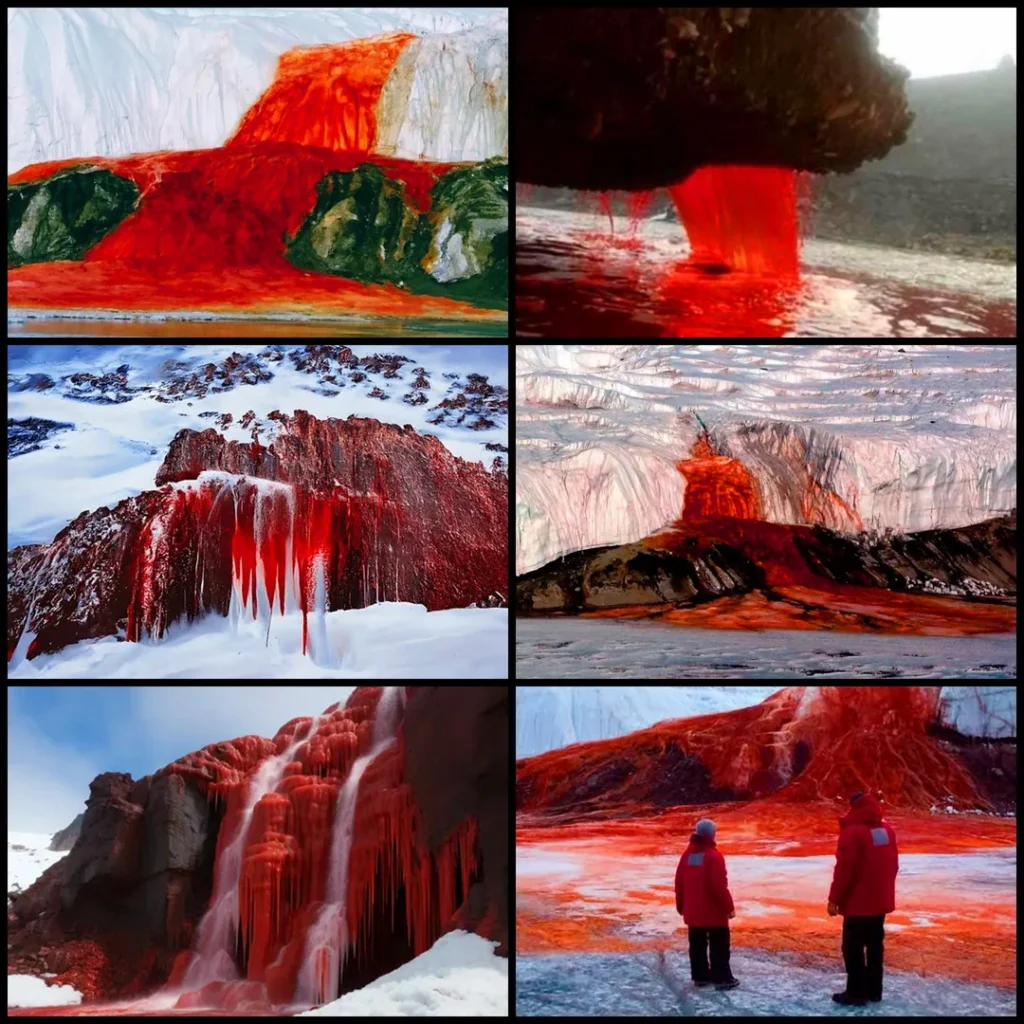
In Antarctica’s McMurdo Dry Valleys, a five-story waterfall stained deep red cascades down Taylor Glacier. This eerie sight, known as Blood Falls, occurs because of iron-rich, hypersaline water seeping from within the glacier. When the iron in the water comes into contact with oxygen, it rusts, giving the waterfall its crimson color. This phenomenon provides a glimpse into subglacial microbial life and ancient climates.
5. The Great Migration

Every year, over 1.5 million wildebeest, accompanied by hundreds of thousands of zebras and gazelles, embark on a perilous journey across the Serengeti in Tanzania to the Masai Mara in Kenya. Known as the Great Migration, this is the largest terrestrial mammal migration in the world. The spectacle of vast herds moving in unison, facing predators and natural obstacles, highlights the raw and dramatic rhythms of nature.
Read More: 10 Breath-taking Places You Must Visit Before You Die
6. Danakil Depression’s Hydrothermal Fields
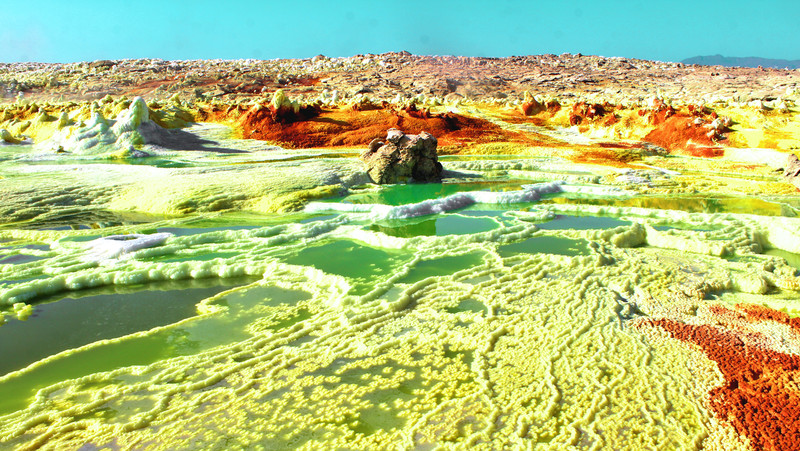
The Danakil Depression in Ethiopia is one of the hottest and most inhospitable places on Earth, yet it hosts vibrant hydrothermal fields that look like an alien landscape. Sulfur springs, acid ponds, and colorful salt formations paint a surreal picture. This extreme environment offers insights into extremophile microorganisms, which thrive in conditions previously thought uninhabitable.
7. Monarch Butterfly Migration

The Monarch butterfly’s migration is a remarkable natural event. Each year, millions of Monarch butterflies travel up to 3,000 miles from Canada and the U.S. to overwintering sites in central Mexico. This journey spans multiple generations, with butterflies using an inherited map. The sight of countless Monarchs clustering on trees in Mexico’s Monarch Butterfly Biosphere Reserve showcases nature’s resilience and mystery.
Read More: Exploring the Top 11 Mountain Peaks in the World
8. Morning Glory Clouds
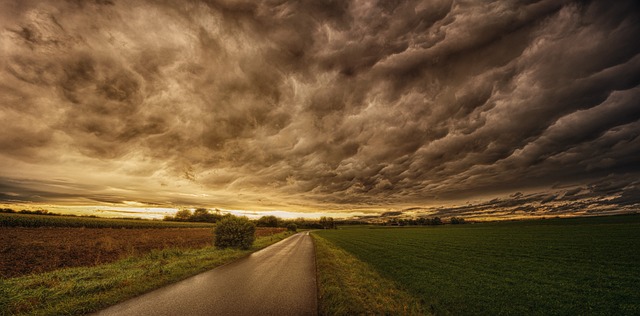
Morning Glory clouds are rare, tubular clouds that can stretch up to 1,000 kilometers and are most commonly seen in northern Australia’s Gulf of Carpentaria. These rolling clouds appear in the early morning, forming due to complex atmospheric conditions involving sea breezes and temperature inversions. Pilots and glider enthusiasts often chase these clouds for the unique and thrilling experience of soaring alongside them.
9. Catatumbo Lightning
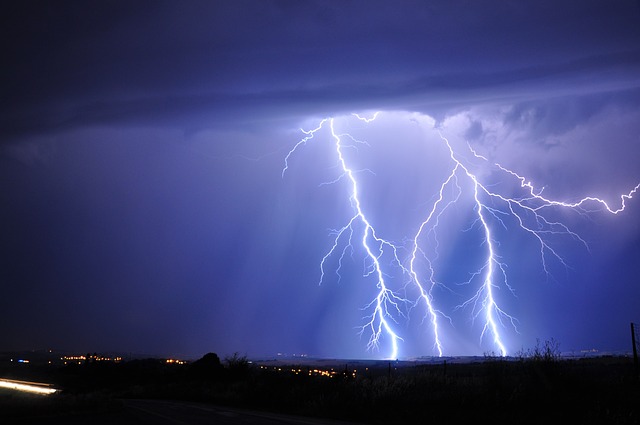
Over the Catatumbo River in Venezuela, an extraordinary lightning storm occurs almost nightly for 140 to 160 nights a year, lasting up to 10 hours each night. Known as Catatumbo Lightning, it can produce over 280 lightning strikes per hour. This natural fireworks display results from the region’s unique topography and atmospheric conditions, making it both beautiful and scientifically intriguing. Catatumbo Lightning is a mind-blowing Natural Phenomenon on Earth that you must witness once in your lifetime.
Read More: 8 Beaches Around the World That Shines At Night
10. Lake Hillier
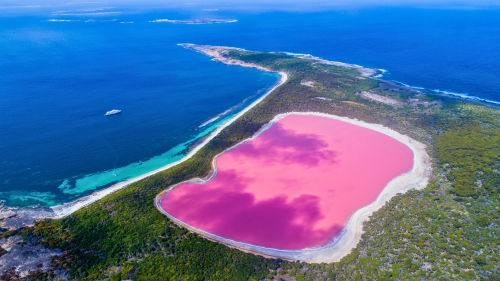
Lake Hillier, located on Middle Island in Western Australia, captivates visitors with its striking bubblegum-pink color. Unlike other pink lakes, Hillier retains its vibrant hue year-round. The color is due to the presence of a type of algae called Dunaliella salina and pink bacteria known as halobacteria. The lake’s high salt concentration and unique microorganisms create this unforgettable natural wonder.
11. The Sardine Run

Each year, millions of sardines migrate along the east coast of South Africa in a phenomenon known as the Sardine Run. This massive movement attracts a frenzy of predators, including sharks, dolphins, and birds, all seeking an easy meal. The event creates one of the most dramatic feeding frenzies in the ocean, showcasing the delicate balance and fierce competition in marine ecosystems.
Read More: 11 Natural Wonders of Northeast India
12. The Eye of the Sahara
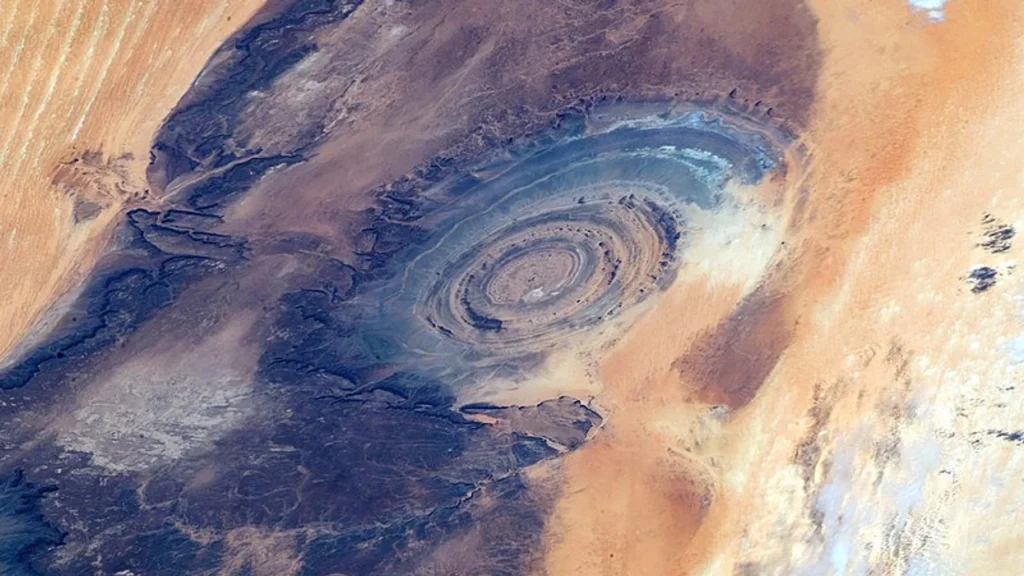
The Richat Structure, also known as the Eye of the Sahara, is a prominent circular geological formation located in the Sahara Desert of Mauritania. Visible from space, it resembles a giant bull’s-eye. Originally thought to be an impact crater, scientists now believe it is a deeply eroded geological dome. Its striking concentric rings reveal layers of sedimentary rock that have endured millions of years of erosion. The structure spans approximately 40 kilometers (25 miles) in diameter, making it a significant and easily recognizable feature in the vast expanse of the Sahara Desert.




